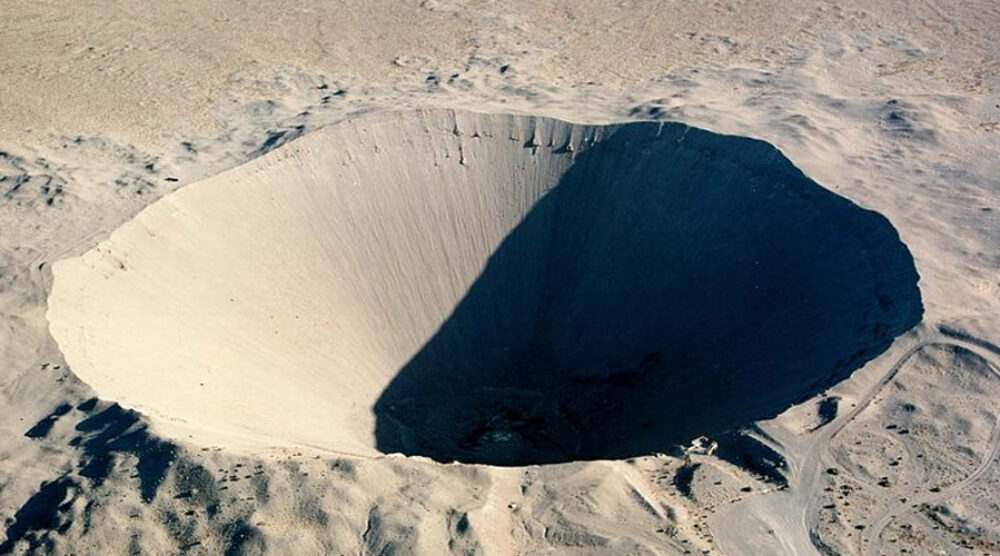Back in the late 1990s, Ashley Tellis characterised South Asia’s nuclear balance as ‘ugly stability’—a condition, he believed, that would probably last for a decade and perhaps longer.
This peculiar form of stability derives substantially from the inability of both India and Pakistan to attain what may be desired political objectives through war. Consequently, premeditated conventional conflicts will remain absent for some time to come, though security competition will continue through subconventional violence waged with varying levels of intensity … [T]his stability will be “ugly” in that it entails a relatively high degree of subconventional violence on at least one side, perhaps both.
So, 2019’s a long way from the late 1990s, but the concept of ugly stability is still applicable to South Asia. Indeed, in its broad dimensions, it seems to be increasingly relevant to the future global nuclear order as well.
Please click here to read the full “Ugly stability: Our nuclear future” article at The Strategist, written by Griffith Asia Institute Research Assistant, Aakriti Bachhawat.








